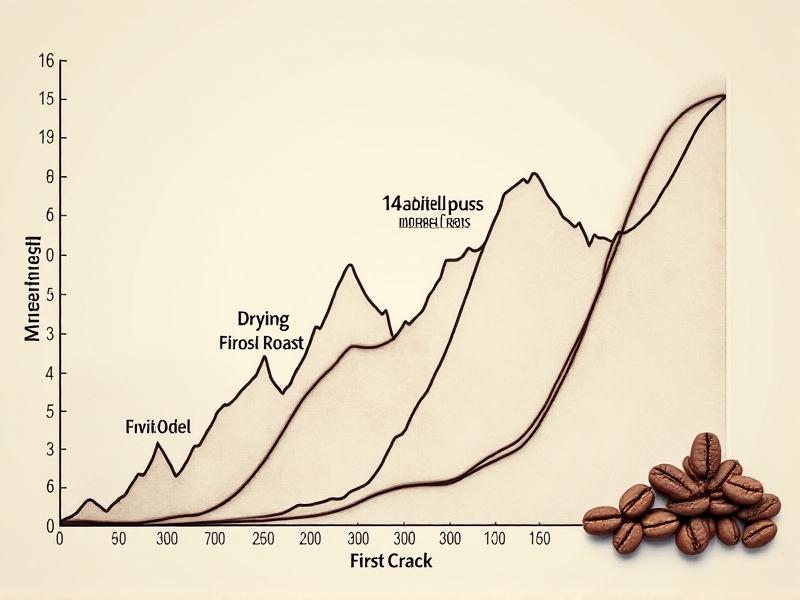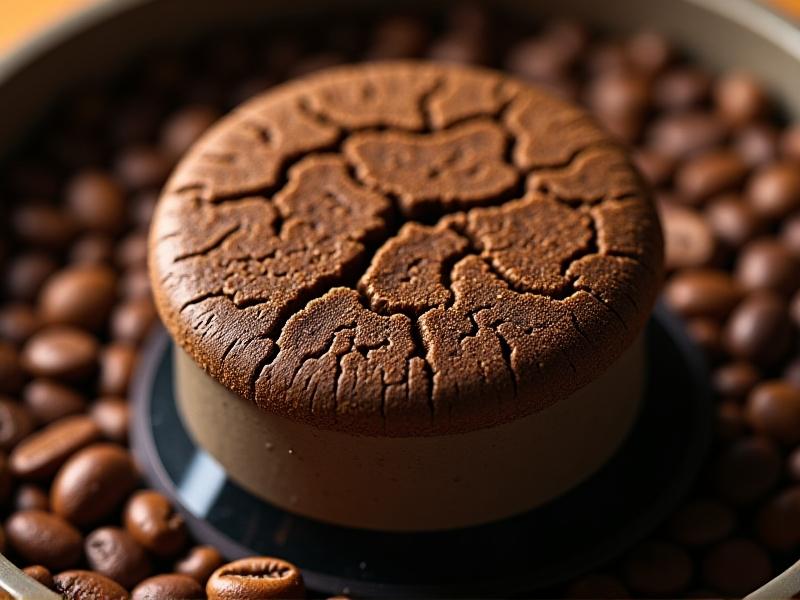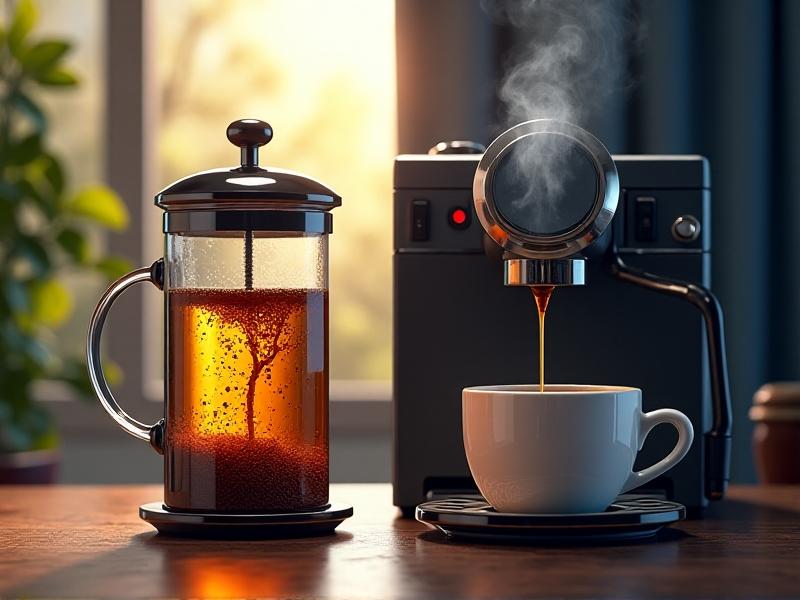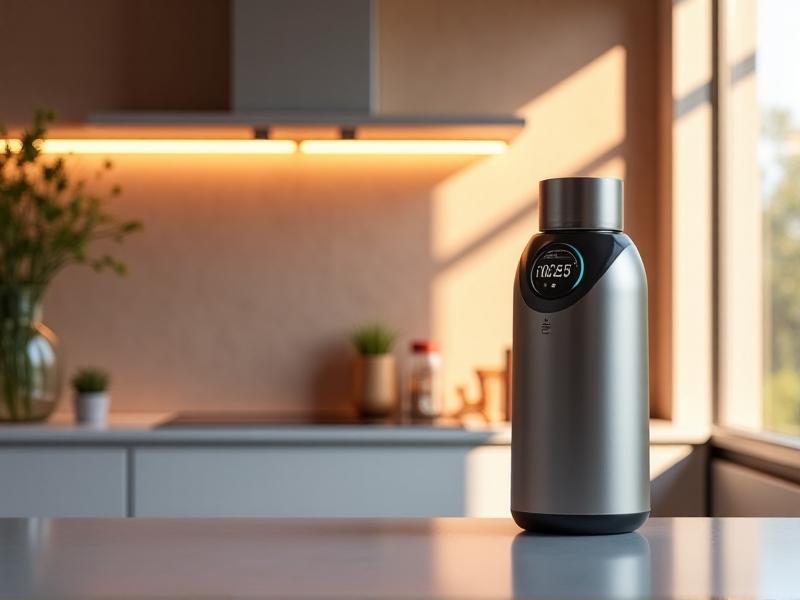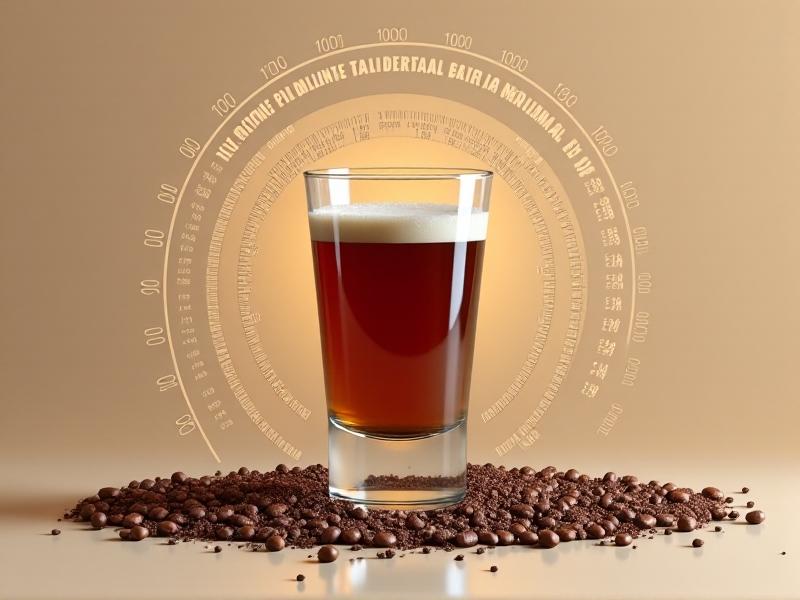Freeze Drying vs Traditional Preservation
The Science Behind Freeze Drying and Traditional Preservation
Freeze drying, or lyophilization, removes moisture by freezing a product and then reducing pressure to allow ice to transition directly into vapor. This process preserves cellular structure and prevents microbial growth. Traditional methods like canning, smoking, or sun-drying rely on heat, salt, or dehydration to inhibit spoilage. While freeze drying minimizes chemical changes, techniques like fermentation or pickling use controlled decay to extend shelf life. Understanding these mechanisms reveals why each method suits different foods and contexts.
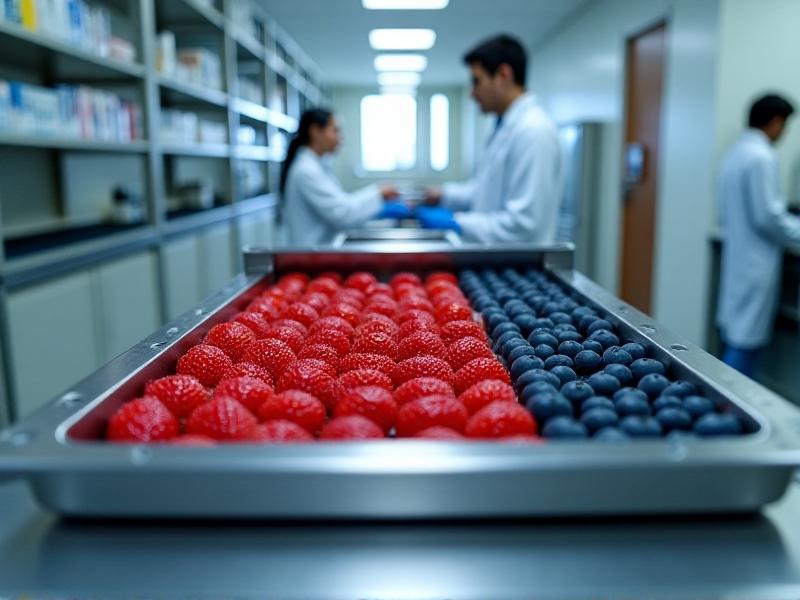
Nutrient Retention and Flavor Preservation
Freeze drying excels at retaining heat-sensitive vitamins like C and B complex, as it avoids high temperatures. Studies show freeze-dried fruits retain up to 90% of their original nutrients, compared to 60% in air-dried counterparts. Traditional methods like boiling during canning leach water-soluble nutrients, while smoked meats may develop carcinogenic compounds. However, fermentation enhances bioavailability—sauerkraut offers more digestible iron than raw cabbage. Taste tests often favor freeze-dried foods for their crisp texture and concentrated flavors, though smoked salmon or sun-dried tomatoes remain unmatched in their niche.
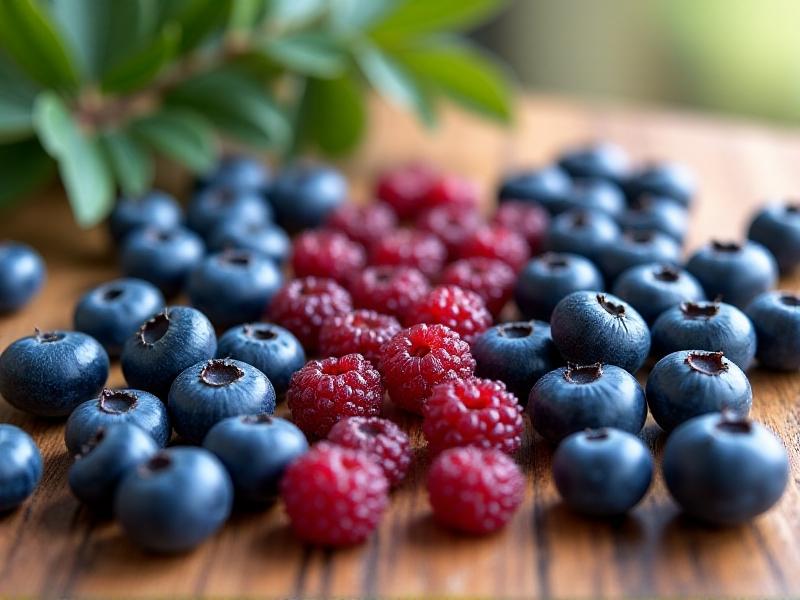
Shelf Life and Storage Considerations
Properly packaged freeze-dried foods last 25–30 years due to near-zero moisture content, making them ideal for emergency preparedness. A 2023 study found freeze-dried beef retained 95% protein quality after two decades. Traditional canned goods typically last 2–5 years, with risks of botulism if compromised. Root cellaring preserves potatoes for months but requires specific humidity levels. Both methods demand airtight containers, but freeze-dried products weigh less—critical for backpackers. However, traditional storage often uses reusable jars versus freeze drying’s plastic pouches, sparking sustainability debates.
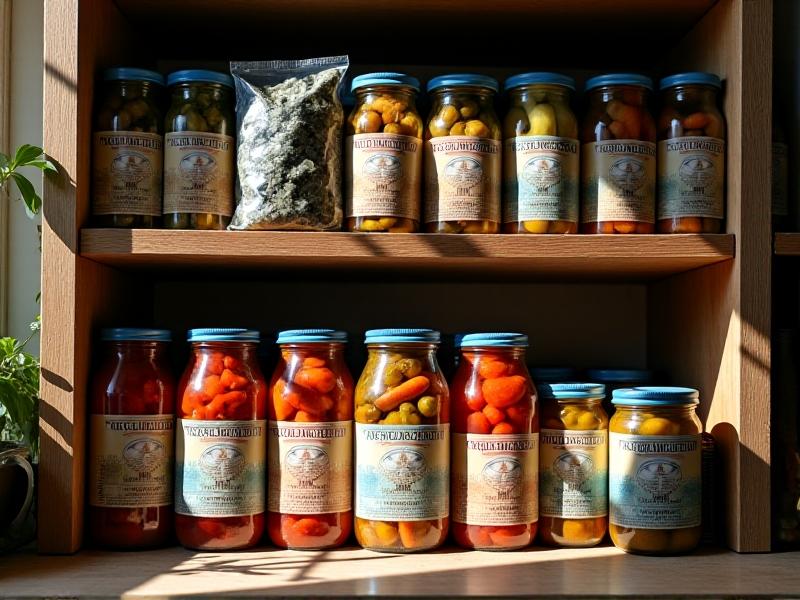
Applications in Food Preservation and Beyond
Astronauts have eaten freeze-dried ice cream since Apollo missions, while pharmaceuticals use lyophilization for heat-sensitive vaccines. Museums preserve rare manuscripts through freeze drying after water damage. Contrastingly, Japan’s centuries-old kasuzuke pickling in sake lees protects fish without refrigeration. Emerging applications include freeze-dried pet treats and cannabis concentrates, whereas traditional Korean kimchi fermentation now occurs in smart fridges. Each method fills unique roles—freeze drying for maximum preservation, traditional techniques for cultural continuity and probiotic benefits.

Cost, Accessibility, and Practicality
A home freeze dryer costs $2,000–$5,000, limiting adoption to serious preppers or small businesses. Traditional methods like solar dehydrators can be built for under $50. Commercially, freeze-dried coffee production costs 30% more than spray-dried. However, lightweight freeze-dried meals reduce shipping costs by 60% compared to canned goods. In rural Kenya, solar drying remains dominant due to electricity shortages, while Nordic countries leverage freeze drying for cloudberry exports. DIY enthusiasts praise canning’s simplicity, though botulism fears persist.
Environmental Impact and Sustainability
Freeze drying consumes 15–20 kWh per batch—equivalent to running a refrigerator for three days. Traditional smokehouses emit particulate matter, while salt-curing contributes to sodium runoff. However, freeze drying’s light weight reduces transportation emissions by 40% compared to water-heavy alternatives. A 2024 Life Cycle Assessment found sun-dried tomatoes have half the carbon footprint of freeze-dried if locally sourced. Zero-waste advocates favor reusable canning jars over single-use mylar bags. Innovations like solar-powered freeze dryers in Chile’s Atacama Desert hint at greener futures for both methods.

